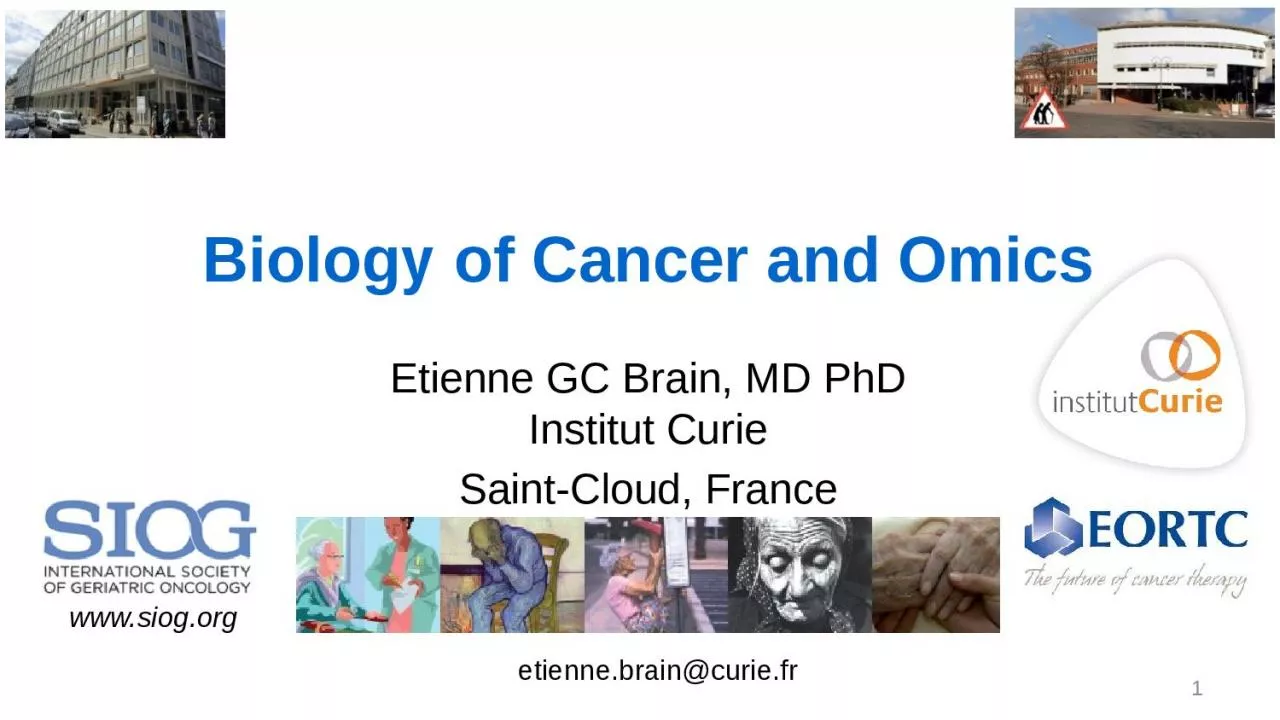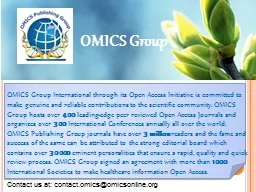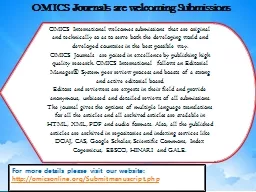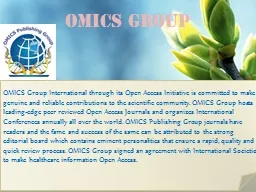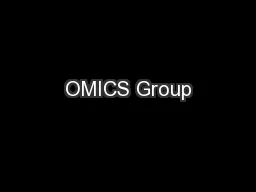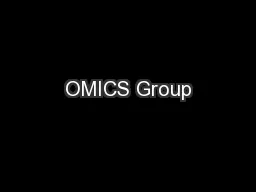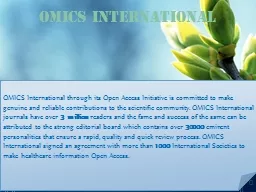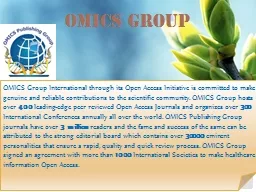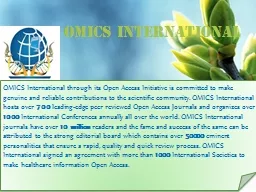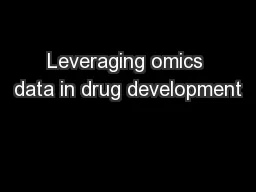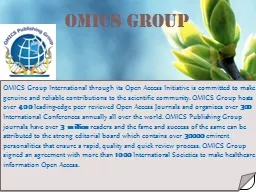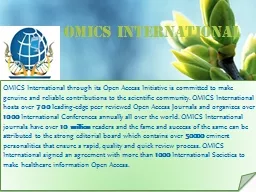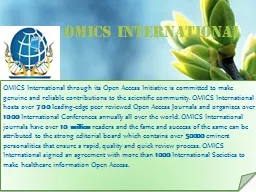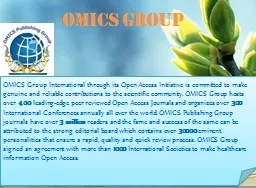PPT-Biology of Cancer and Omics
Author : piper | Published Date : 2022-06-15
Etienne GC Brain MD PhD Institut Curie SaintCloud France wwwsiogorg etiennebraincuriefr 1 2 Cancer paradox is frequent Total life risk 12 for men 13 for
Presentation Embed Code
Download Presentation
Download Presentation The PPT/PDF document "Biology of Cancer and Omics" is the property of its rightful owner. Permission is granted to download and print the materials on this website for personal, non-commercial use only, and to display it on your personal computer provided you do not modify the materials and that you retain all copyright notices contained in the materials. By downloading content from our website, you accept the terms of this agreement.
Biology of Cancer and Omics: Transcript
Download Rules Of Document
"Biology of Cancer and Omics"The content belongs to its owner. You may download and print it for personal use, without modification, and keep all copyright notices. By downloading, you agree to these terms.
Related Documents

